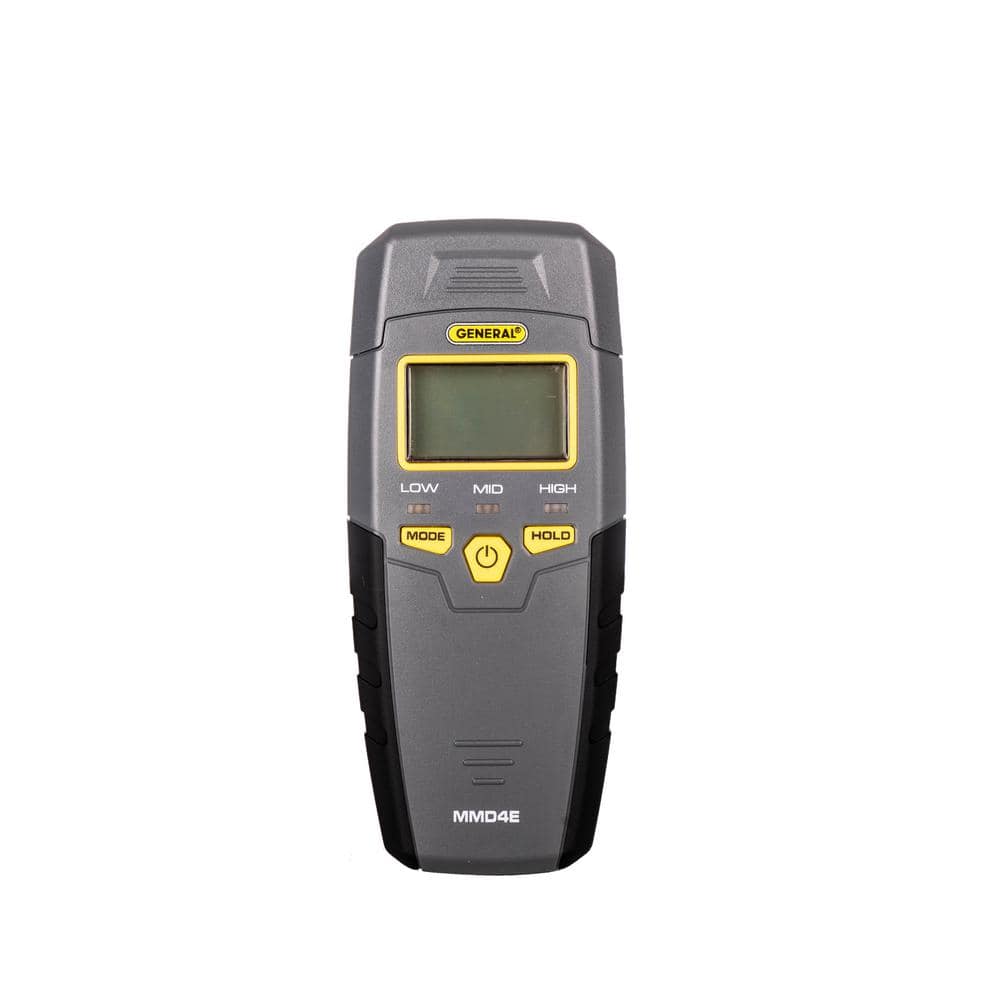The Science Behind Moisture Meters: Exactly How They Work and Why They're Vital
The Science Behind Moisture Meters: Exactly How They Work and Why They're Vital
Blog Article
Look Into the Globe of Moisture Meters: Whatever You Need to Know
In the world of moisture meters exists a world of accuracy and usefulness that commonly goes unnoticed. These devices, while apparently simple, hold a wealth of information that can dramatically affect various sectors and applications. Recognizing exactly how moisture meters operate, the various types available, and their varied uses can lose light on their value in ensuring top quality and effectiveness. By exploring the details of wetness meters, one can uncover a useful tool that goes beyond mere measurement, supplying insights that can make a substantial difference in numerous areas.
How Moisture Meters Work
Moisture meters run by gauging the electrical conductivity or capacitance of materials to establish the moisture material existing. These meters are indispensable devices across different sectors, including building, farming, and woodworking. By utilizing different techniques such as pinless or pin-type modern technology, dampness meters provide precise readings that assist experts make educated choices.
Pin-type wetness meters work by inserting the sharp pins into the material being tested. On the other hand, pinless wetness meters make use of electro-magnetic signals to check a larger area without causing any damages to the product's surface.
Despite the method made use of, dampness meters play a critical duty in stopping problems such as mold development, architectural damage, or product issues brought on by excess wetness. Understanding how these meters job is vital for guaranteeing the quality and honesty of materials in various applications.
Kinds Of Moisture Meters
Provided the crucial duty dampness meters play in different sectors, it is crucial to comprehend the different kinds available to specialists for accurately analyzing wetness degrees - Moisture Meter. There are mainly 2 primary kinds of wetness meters: pinless and pin-type wetness meters

On the various other hand, pinless moisture meters make use of electromagnetic sensing unit plates to scan a bigger area of the product without causing any kind of damage. This kind appropriates for promptly scanning big locations and is typically made use of for flooring, wall surfaces, and ceilings. Pinless meters are convenient for taking analyses on finished surfaces without leaving any kind of visible marks.
Both kinds of moisture meters have their advantages and are picked based on the certain requirements of the task handy. Understanding the distinctions in between these types is vital for professionals to make precise dampness assessments.
Applications Across Industries
Construction specialists depend on moisture meters to examine the moisture degrees in building products like drywall, wood, and concrete, which is vital for keeping architectural stability and stopping concerns like rot or mold and mildew. The floor covering market makes use of moisture meters to measure the wetness web content in subfloors prior to mounting different flooring coverings, stopping costly damages due to excess dampness. In the food industry, dampness meters are used to keep an eye on and regulate moisture levels in items such as grains, nuts, and dried out fruits to maintain freshness and top quality.
Tips for Using Wetness Meters
Utilize the moisture meter's calibration settings to ensure accurate readings when measuring the moisture web content in numerous products. In addition, make certain the meter is established to the right dampness variety for the material you are determining to obtain the most accurate results.
When using a pin-type dampness meter, put the pins to the ideal deepness suggested for the material being tested. This ensures that the moisture analyses are drawn from the right depth within the product, offering an extra precise representation of its moisture web content. For pinless wetness meters, keep in mind to maintain correct call go now with the material's surface to obtain trustworthy readings.
On a regular basis check and change the batteries in your wetness meter to avoid unreliable readings as a result of low power. When not in use to lengthen its lifespan and preserve its precision, Store the meter in a secure and dry location. By adhering to these suggestions, you can make the most of the efficiency of your moisture meter and acquire specific moisture material dimensions across different products.
Upkeep and Calibration
To guarantee the precision of moisture material dimensions, normal maintenance and calibration of the wetness meter are crucial action in its appropriate performance. Upkeep involves keeping the wetness meter tidy and totally free from debris that could influence its analyses. It is essential to comply with the maker's guidelines for cleansing to avoid damage to the gadget. Furthermore, routine calibration is needed to confirm the precision of the readings. Calibration readjusts the dampness meter to make sure that it offers dependable and constant results.
Calibration needs to be done regularly, especially if the wetness you can look here meter is used regularly or in important applications where accurate dimensions are needed. By maintaining and adjusting the moisture meter on a regular basis, users can rely on the accuracy of the wetness content dimensions visit here obtained.
Verdict

In final thought, dampness meters play an essential duty in various markets by properly measuring the wetness web content of products. Understanding exactly how these tools function, the different types offered, and correct maintenance and calibration are vital for getting dependable results. Whether in construction, manufacturing, or agriculture, making use of wetness meters assists make sure quality assurance and performance in processes.

In final thought, wetness meters play an important function in various industries by properly determining the wetness content of products.
Report this page